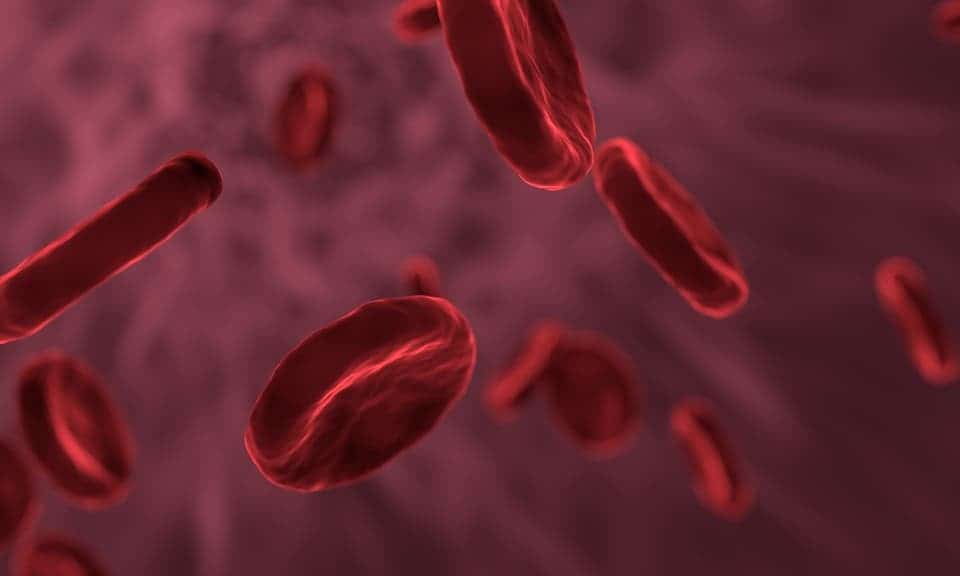
Cancer cells are very good at becoming the masters of disguise when it comes to avoiding detection from the immune system. This game of hide-and-seek is critical to allowing the cells to metastasize and spread throughout the body.
However, a group of scientists from Yale have developed a system to make the cancerous cells stand out from the crowd and help the immune system spot and eliminate tumors that other forms of immunotherapies might miss. This improved system, reported in the journal Nature Immunology, reduced or eliminated melanoma and triple-negative breast and pancreatic tumors in mice, even those located far from the primary tumor source.
Cancer cells genetically change and evolve over time. Scientists have discovered that as these cancer cells evolve, they may lose the ability to create interleukein-33 (IL-33). When IL-33 disappears in the tumor, the body’s immune system has no way of recognizing the cancer cells and they can begin to spread, or metastasize. So far, researchers have found that the loss of IL-33 occurs in epithelial carcinomas. These cancers include prostate, kidney breast, lung, uterine, cervical, pancreatic, skin, among others.
The new technology, coined Multiplexed Activation of Endogenous Genes as Immunotherapy (MAEGI), will basically launch a massive cell hunt for tens of thousands of genes and then acts like a GPS to mark their location and amplify the signals.
MAEGI weds viral gene therapy and CRISPR (clustered regularly interspaced short palindromic repeats) technology to mark the tumor cells for immune destruction, which then turns a cold tumor (one that lacks immune cells) into a hot tumor (those with immune cells). Essentially, it takes the hidden cancer cells and lights them up like a Christmas tree.
“This is an entirely new form of immunotherapy,” said Sidi Chen, assistant professor of genetics and senior author of the study. “And once those cells are identified, the immune system immediately recognizes them if they show up in the future.”
This new system should, in theory, be effective against multiple cancer types, including those currently resistant to immunotherapy. Upcoming studies will optimize the system for simpler manufacturing and prepare for clinical trials in cancer patients.






